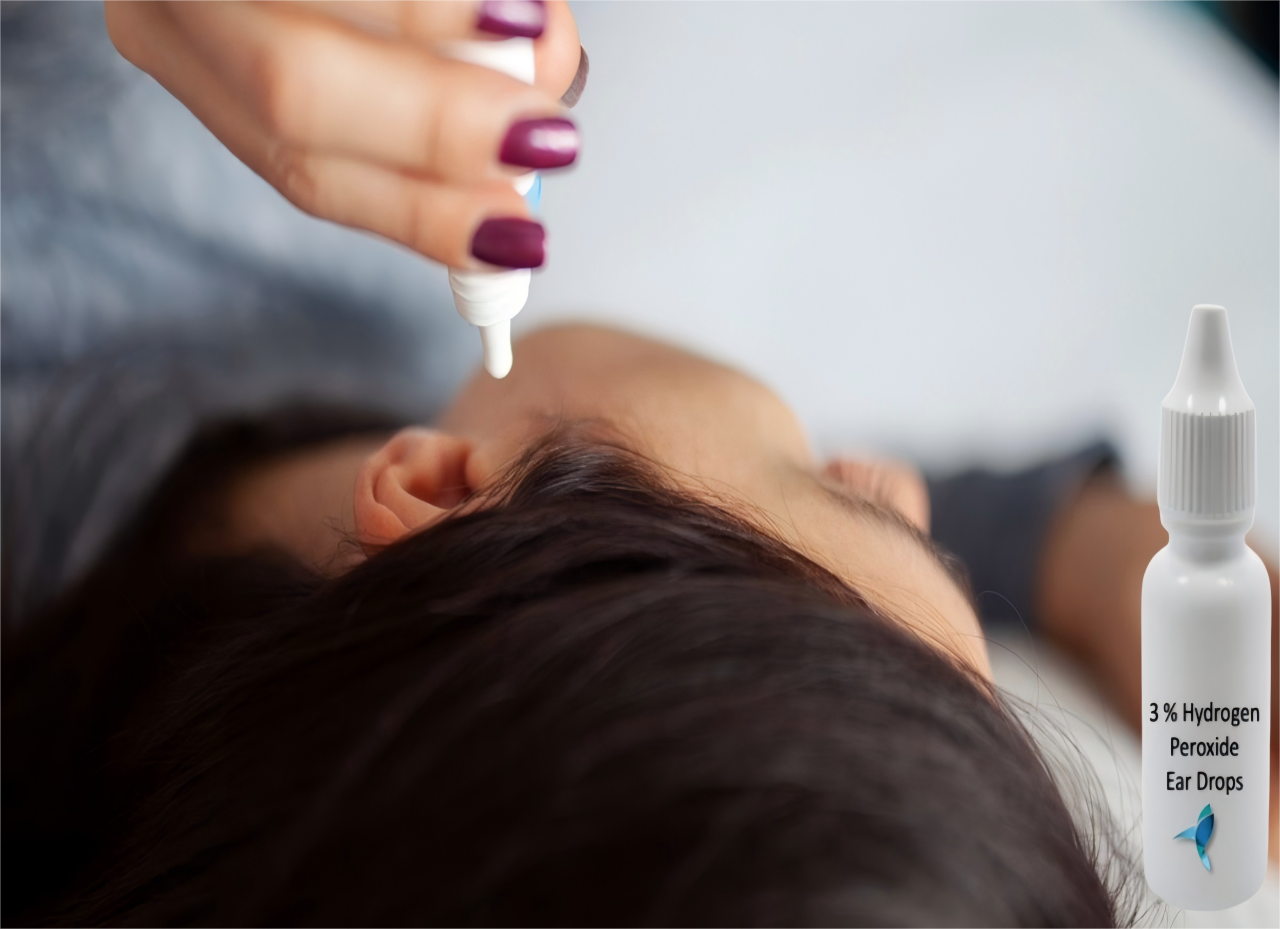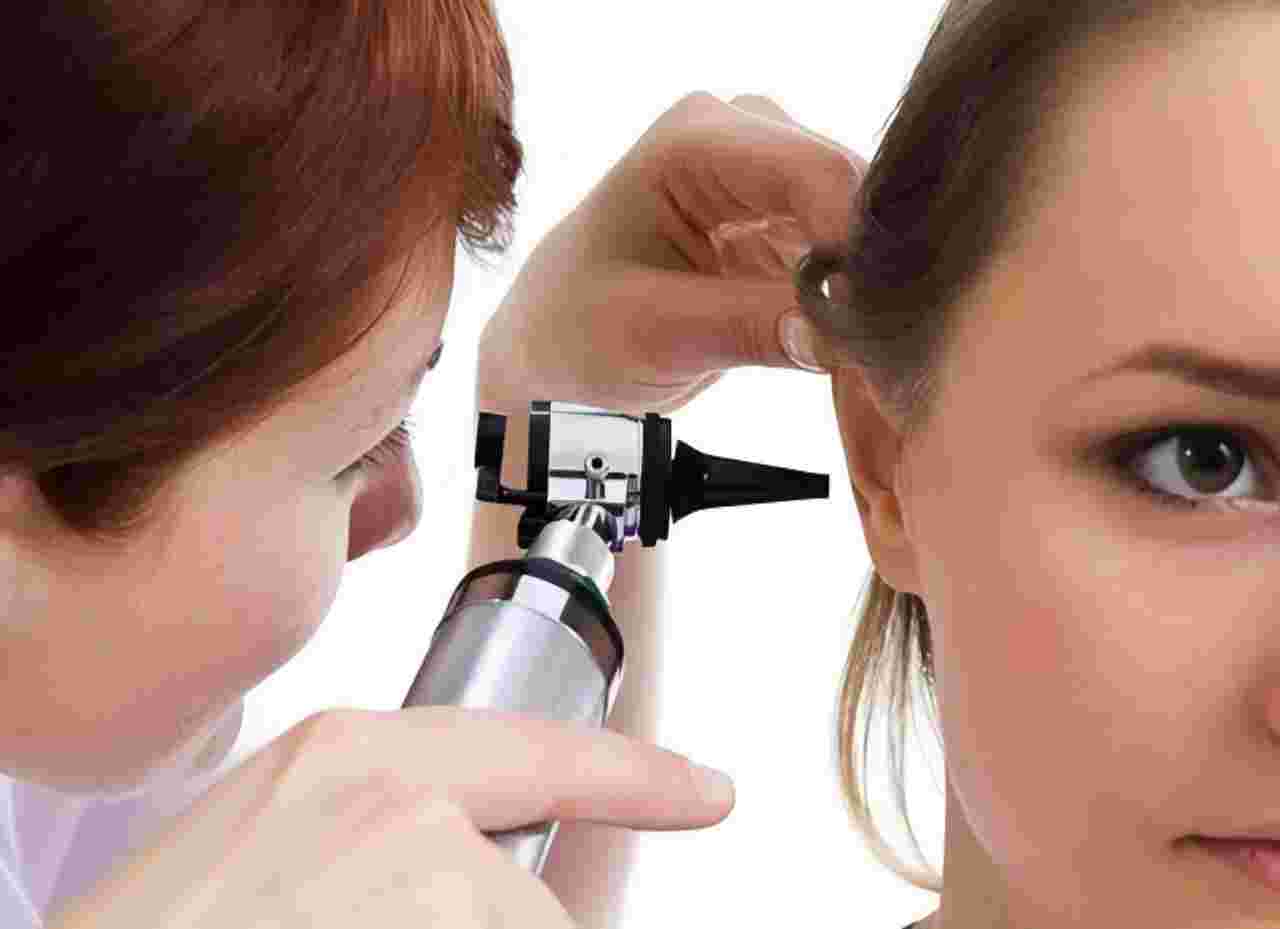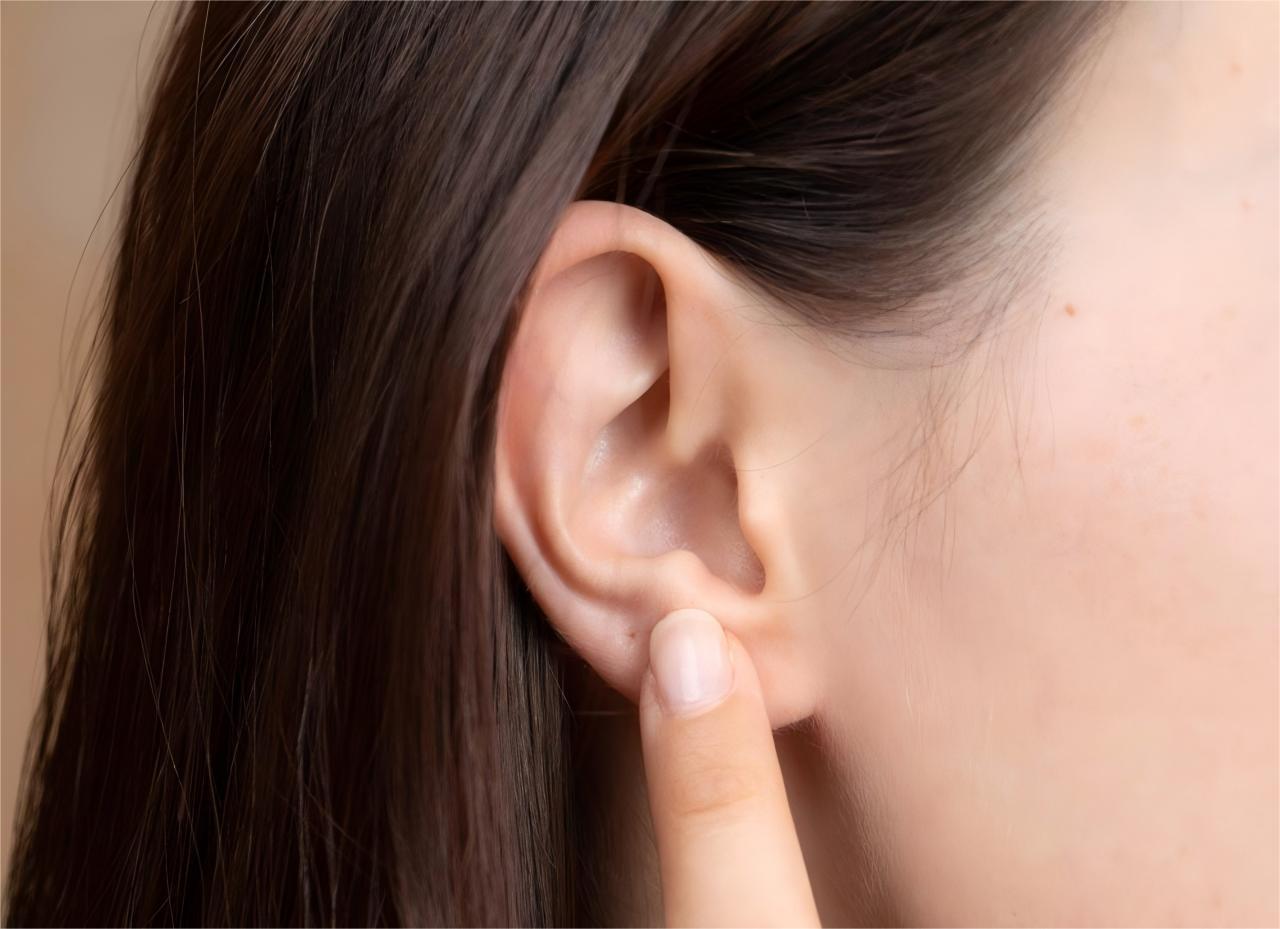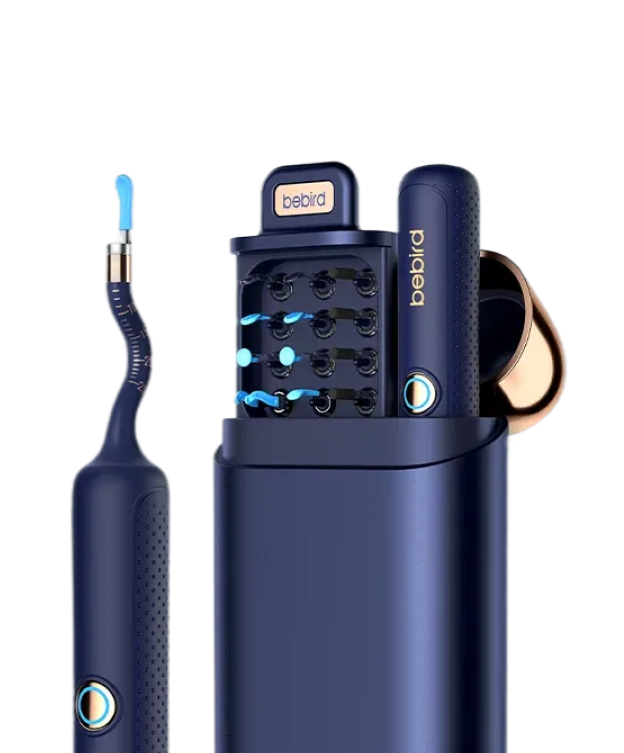Cleaning the ear canal is part of self-hygiene and health care. Everyone needs to practice, but many people do it incorrectly. Although many people prefer to use cotton swabs, these tend to shove wax deeper. This is why some people decide to use hydrogen peroxide. Can you use hydrogen peroxide to clean your ears? Let’s try to find the answer straightforwardly with the help of medical research and recommendations.
Is Hydrogen Peroxide Safe for Ear Cleaning?

Hydrogen peroxide is often used to clean small cuts and scrapes but is also known for its effectiveness in softening and removing ear wax. Medical professionals usually recommend a low concentration of 3% for ear cleaning, but only if used properly.
When used accurately, hydrogen peroxide can help safely break down and loosen wax that has hardened in the ears. In some cases, it is not safe for everyone. If you have a hole (perforation) in your eardrum, an active infection in your ear, or had surgery on your ear, you should not use it. These conditions tend to make the ear quite delicate and susceptible to harm.
This is the main reason people prefer tools like Bebird EarSight Pro and electric ear cleaner gadgets to look at and clean their ears with precision. These tools are very good for examining any residue wax after cleaning the ears with hydrogen peroxide.
Uses and Effectiveness of Hydrogen Peroxide for Cleaning Ears
Hydrogen Peroxide cleans by releasing oxygen when it makes contact with earwax. The fizzing or bubbling sound is a result of this reaction and indicates that it is doing its job of breaking down the ear wax. The bubbling helps with loosening and lifting the wax which makes it easier to get removed from the ear canal.
It is very helpful for those who have ear wax buildup due to regular use of hearing aids, or earphones, or those who simply have a hearing aid.
This product is gentler for people who produce excessive amounts of ear wax naturally as well as those who use hearing aids or earphones frequently for prolonged periods due to ear wax buildup.
Hydrogen peroxide should not be applied too frequently. Overuse may lead to skin irritation or itching due to excess drying of the ear. To be safe, a lot of people prefer combining this method with modern Bebird EarSight Pro that are specially designed to remove loose wax without damaging the ear.
Most people tend to use an ear camera wax removal tool which gives them a visual aid so that they can look inside the ear canal with a small camera and see what they are doing. This way, they can ensure that they do not go too deep or cause damage while cleaning.
How to Safely Use Hydrogen Peroxide in Ears
If your intention is to utilize hydrogen peroxide for cleaning your ears, ensure that you follow all the steps listed in order to prevent injury or discomfort.
Clean your ears (Externally)
As a first step, moisten the cloth and start cleaning the outer part of your ears. This prevents any dirt or wax particles from getting stuck on the outside.
Tilt your head
Next, take a comfortable seat and tilt your head so that the ear you're cleaning is facing upwards. Tilted posture ensures the solution works effectively, remaining inside the ear canal long enough.
Drop hydrogen peroxide
Using the cleaned dropper, pour 3-4 drops of 3% hydrogen peroxide into the ear. You should not use a stronger solution, as it may harm your layer of skin as well as the ear canal.
Stand still and wait.
Do not change your position for 5 – 10 minutes. The solution will break down the earwax and you may hear some fizzing or bubbling sounds.
Tilt your head to let the hydrogen peroxide flow out.
After waiting, gradually turn your head to the side so the fluids and loosened wax can flow out. The outer ear can be dabbed dry with a tissue or towel.
After this cleaning procedure, most people tend to use electric ear cleaner tools to meticulously remove excess wax or liquid. These tools are much safer and more effective than cotton buds. Some may use silicone ear wax cleaning tools like scoops or loops as extra follow-up care to remove softened wax without going in too deep.
When NOT to Use Hydrogen Peroxide in Ears
Even if hydrogen peroxide works great as an ear cleaner, it does not work for everyone. Do not use it under the following conditions:
- You have an ear infection – Using hydrogen peroxide in an infected ear can lead to burning, discomfort, and added irritation.
- There is a hole in your eardrum – Any liquid flowing into a damaged eardrum will reach the middle ear and cause further complicating issues.
- You’ve had ear surgery – If you’ve had any procedures done on your ears, it is advisable to consult a doctor before using any DIY remedies.
- You experience pain or dizziness – If the use of hydrogen peroxide triggers sharp pain or dizziness, best avoid it immediately.
In situations like this, using visual techniques such as professional ear cleaning ear camera wax removal devices is best as they allow you to see the condition without the need for any chemicals. Furthermore, a doctor may perform safe suction or prescribe drops made for sensitive ears.
It's always better to not rely on assumptions, visit a doctor, or use modern electric ear cleaners. These devices typically include various tips and settings, which make wax removal easier and safer.
Even with do-it-yourself remedies, it is crucial to follow directions while using ear wax cleaning tools. Avoid inserting them too deeply into the ear, as well as ensure to wash the tools after each use.
Final Thoughts
Cleaning your ears can be simple and safe by using hydrogen peroxide, but only when your ears are healthy. It can dissolve ear wax and therefore makes ear wax removal much easier. Not everyone can use hydrogen peroxide and should not be used if there is damage to the ear or any type of infection.
Now, people seeking modern and controlled options have Bebird EarSight Pro tools and ear camera wax removal kits as safer options. These gadgets paired with ear wax cleaning tools make proper ear hygiene effortless, removing any guesswork.
Click to learn:
















Leave a comment
All comments are moderated before being published.
This site is protected by hCaptcha and the hCaptcha Privacy Policy and Terms of Service apply.